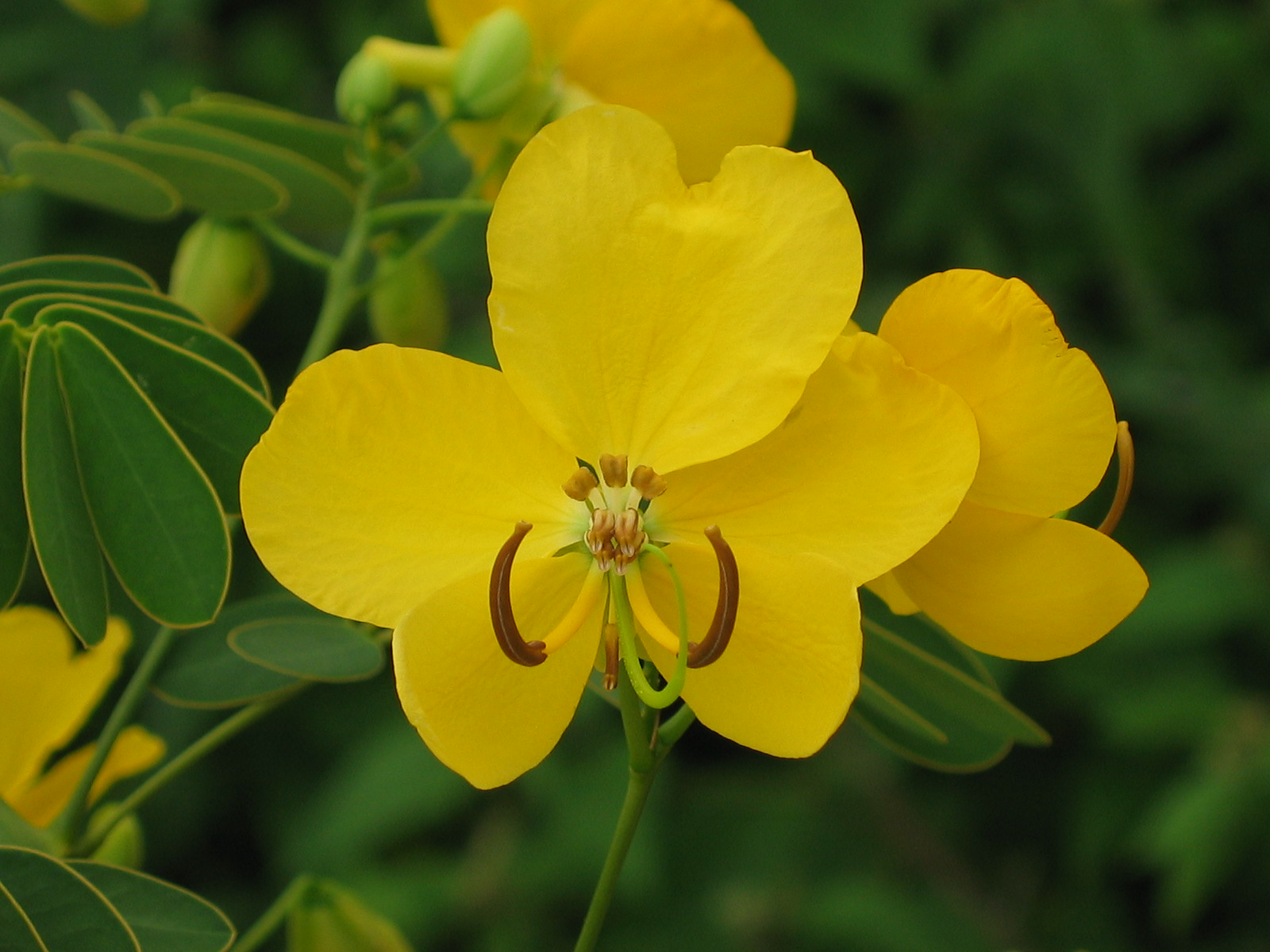A new higher-level classification of legume subfamily Caesalpinioideae is published!
Advances in Legume Systematics 14. Classification of Caesalpinioideae Part 2: Higher level classification has been published as a Special Issue of the Open Access, peer-reviewed journal PhytoKeys. Edited by Anne Bruneau, Luciano P. de Queiroz and Jens J. Ringelberg, with contributions from 45 authors, this taxonomic compendium presents a new higher-level classification for subfamily Caesalpinioideae (Leguminosae).
With ca. 4680 species and 163 genera, Caesalpinioideae is the second largest subfamily of legumes. It is a globally distributed, ecologically and economically important group. The new classification, based on a phylogeny inferred using hundreds of nuclear genes, comprises eleven tribes, all of which are either new, reinstated or re-circumscribed at this rank: Caesalpinieae Rchb., Campsiandreae LPWG, Cassieae Bronn, Ceratonieae Rchb., Dimorphandreae Benth., Erythrophleeae LPWG, Gleditsieae Nakai, Mimoseae Bronn, Pterogyneae LPWG, Schizolobieae Nakai, Sclerolobieae Benth. & Hook. f. The ca. 3500 species and 100 genera of the former subfamily Mimosoideae are now placed in the reinstated tribe Mimoseae, subdivided in 17 lower-level clades.
The monograph includes a key to genera and an illustrated glossary for specialised morphological terms. Taxonomic and nomenclatural information, morphological descriptions and notes are given for each genus, tribe and named clade. The diversity of growth forms, foliage, flowers and fruits is also illustrated, and a distribution map, based on quality-controlled herbarium specimen localities, is provided for each genus. This classification of Caesalpinioideae provides the necessary framework for downstream analyses of biogeography, trait evolution and diversification, as well as for taxonomic revision of still understudied genera.
